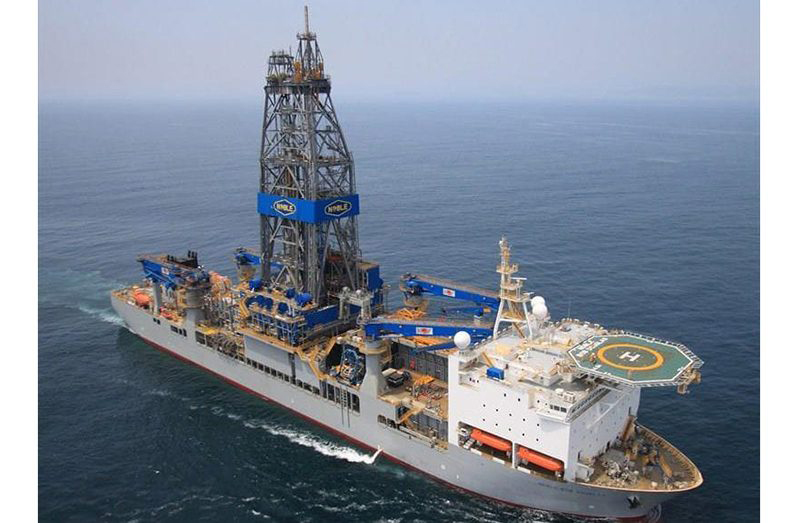Van Oord, a prominent player in the offshore pipeline installation market and responsible for works on the gas-to-energy project, is seeking approval from the Environmental Protection Agency (EPA) for a licence allowing the storage, transportation, and distribution of fuel by vessels, specifically targeting bunkering operations.
This, it said, will aid in addressing current bunkering constraints being faced.
The gas-to-energy project in is an offshore/onshore development aiming to channel gas from existing offshore developments in the Stabroek Block to an onshore Natural Gas Liquids (NGL) plant and power plant, operated by third parties. By facilitating access to low-cost and reliable energy, the project aligns with the Government of Guyana’s objective of providing sustainable energy solutions to its citizens.
As part of this endeavor, ExxonMobil’s local affiliate, Esso Exploration and Production Guyana Limited (EEPGL) has enlisted the Consortium of Subsea 7 and Van Oord Offshore to install a 12.75” OD Gas pipeline system from Exxon’s existing offshore gas production facilities to the shore, spanning approximately 195 km.
However, Van Oord anticipates logistical challenges related to bunkering its fleet of up to 20 vessels and barges in Guyana’s offshore field. The diverse fleet includes vessels with varying operational requirements, ranging from shallow water pipelay vessels to accommodation vessels and specialized vessels for pipeline installation. To address these challenges, Van Oord proposes utilizing certain support vessels, such as the Waddenstroom, equipped with a certified fuelling station, exclusively for bunkering purposes during the project.
Acknowledging the potential environmental implications of offshore bunkering, Van Oord emphasized its commitment to implementing stringent management and mitigation measures. These measures include comprehensive spill prevention plans, rigorous hazard identification and risk assessment procedures, bunkering manuals, crew induction and training programs, and the provision of spill response equipment onboard all vessels. Despite the proactive approach to risk mitigation, Van Oord also acknowledged the need for preparedness and equipped vessels with Shipboard Oil Pollution Emergency Plans (SOPEP) and spill response training drills.
“Van Oord will strive to maintain preventative measures to reduce the likelihood of a spill occurring during bunkering offshore,” the company said.
Van Oord said its commitment to environmental stewardship extends beyond regulatory compliance. The company is actively exploring innovative technologies and practices to further minimize its ecological footprint during offshore operations.
Collaborating with local stakeholders and environmental experts, Van Oord aims to implement sustainable solutions tailored to Guyana’s unique marine ecosystem.













